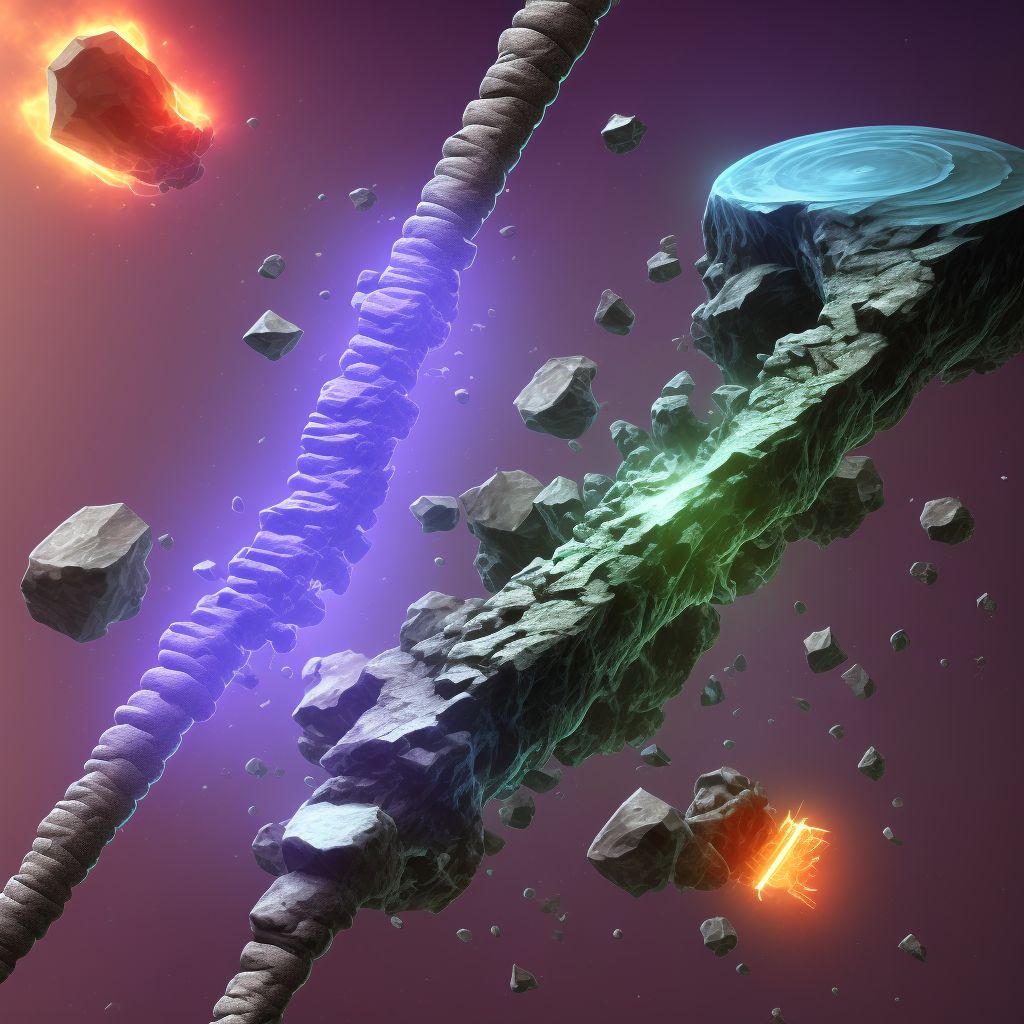
Displaced transverse fracture of shaft of left tibia, subsequent encounter for open fracture type IIIA, IIIB, or IIIC with nonunion Save
ICD-10 code: S82.222N
Disease category: S82.222: Displaced transverse fracture of shaft of left tibia
Displaced Transverse Fracture of Shaft of Left Tibia: Exploring Open Fracture Types IIIA, IIIB, or IIIC with Nonunion
A displaced transverse fracture of the shaft of the left tibia is a severe lower leg injury that can lead to various complications, including open fractures of type IIIA, IIIB, or IIIC. These fractures are characterized by bone fragments protruding through the skin, making them more susceptible to infection and nonunion.
When a displaced transverse fracture occurs, immediate medical attention is crucial to ensure proper diagnosis and treatment. Depending on the severity of the injury, open fractures can be classified into three types:
- Type IIIA: This type involves a wound smaller than 10 cm and relatively clean, without excessive soft tissue damage.
- Type IIIB: Here, the wound size is larger than 10 cm, with extensive soft tissue damage. It may also include periosteal stripping or crushing injury.
- Type IIIC: These fractures involve arterial injury, requiring vascular repair to restore blood flow.
Nonunion is a potential complication that can occur following open fractures of types IIIA, IIIB, or IIIC. Nonunion refers to the failure of bone fragments to heal together, resulting in a persistent gap at the fracture site. This condition can be caused by various factors, such as infection, inadequate blood supply, or poor immobilization.
It is important to note that nonunion is a significant concern, as it can lead to long-term mobility issues and chronic pain. Proper medical intervention is essential to address nonunion and promote bone healing.
In conclusion, a displaced transverse fracture of the shaft of the left tibia can result in open fractures of types IIIA, IIIB, or IIIC, which may subsequently lead to nonunion. Immediate medical attention is crucial to prevent complications associated with these severe injuries. Early intervention and appropriate treatment can significantly improve the chances of successful bone healing, reducing the risk of long-term complications.
Treatment of Displaced transverse fracture of shaft of left tibia, subsequent encounter for open fracture type IIIA, IIIB, or IIIC with nonunion:
Treatment Options for Displaced Transverse Fracture of Shaft of Left Tibia, Subsequent Encounter for Open Fracture Type IIIA, IIIB, or IIIC with Nonunion
A displaced transverse fracture of the shaft of the left tibia, subsequent encounter for an open fracture type IIIA, IIIB, or IIIC with nonunion can be a complex injury requiring specialized treatment. Here are some treatment opti...
To see full information about treatment please Sign up or Log in